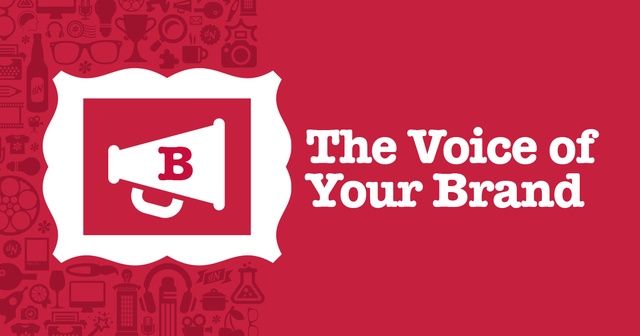I was recently at a typography conference where one of the speakers stated, “Type is 80% of the brand experience.” Writing it down in my sketchbook, I wondered why that made me feel a bit defensive. I make my living building and maintaining brands—how could typography be 80% of that experience? And if it is, what have I been doing wrong?
I’m not going to BS you—the use of typography in the branding experience is NOT 80%. I’ll just say that right off the bat. But in terms of brand recognition, the use of something as simple as typography weighs more heavily than you may think.
Imagine if the only way you interacted with a particular product or service was through sound. Take, for instance, your favorite talk radio show or podcast. Think of the distinct, consistent voices you hear. Within those voices lie personality and soul. Nuance. Security. Comfort. It’s what makes you instantly recognize what you’re listening to.
Now apply that same experience to the graphical elements of a brand. What would naturally equate to that consistent voice? Typography. Type visually conveys the personality and soul of a voice. It provides that instant recall to a particular brand.
Consistency matters.
Typography singlehandedly accomplishes one of the most important things a brand should do: generate unconscious recognition, just like the host’s voice on a podcast. Additionally, the use of typography is one of the easiest and most cost effective elements of building and maintaining a brand. The (not so) secret? Just be consistent.
For example, think about how Apple has used type, well, pretty much since they were conceived. Or how Volkswagen used the Futura font throughout the entire decade of the 60s. Now think about how successful and memorable those brands are. Their instant recognition comes down, in part, to consistent use of typography.
Considering how many places customers interact with brands today, we should be maximizing every opportunity to lay the visual foundation for brand recognition. For instance, a customer’s first experience with your brand might be you handing them your business card—as they seek out more information about your business, they should be met with the same “voice” on your website, your social media channels and in any traditional advertising you run.
Pretty simple, huh? Just using type consistently reinforces recognition, familiarity and comfort.
So the next time you hear Chris Hardwick on “The Nerdist” or Robert Seigel on “All Things Considered,” think about how their voices unconsciously impact you and how you can apply the same technique to your visual brand. By picking and setting your brand font (or combination of fonts)—and using them consistently—you ensure that your typography becomes the voice of your brand.
Is your brand struggling to find it’s graphical voice? We can fix that! de Novo wants to help you capture your customers’ attention and keep it. So go ahead—press the little red button below and get in touch.
{{cta(‘2ef33296-b61b-4f8b-a60b-b6061fc8d9c8’)}}


